Chaoyang Park Plaza, which can be found near the southern frontier of Chaoyang Park - one of Beijing and China's biggest parks, is a product of the inception of the revolutionary Shanshui City. Shanshui City is a continuing endeavor to establish a novel city within Beijing that serves to connect the space between industrial development and nature preservation.
Chaoyang Park Plaza is one of the buildings within the Shanshui dream and it has since began construction. The Plaza has over 120,000 square meters of space consisting of commercial, office and residential buildings. Mad Architects designed the Plaza to create dialogue between the artificial scenery and the natural landscapes surrounding the building.
The building's design was made to impact Beijing's skyline as well as create breathtaking views from the city. The architects wanted to transform the features of Chinese classical landscape paintings like lakes, springs, forests, creeks, valleys and stones into a modern city landscape that creates a much-needed balance between high urban density and natural landscape.
The form of the buildings in this project copied what we can see in natural landscapes. Integrating that with what we have in the current metropolitan cities, a center of balance is achieved to help re-introduce nature to the urban way of life.
Tall mountain cliffs and river landscapes in China inspire the dramatic skyline created by the Plaza in front of the park while ridges and valleys help to define the shape of the exterior glass facade to imply how erosion could wear down the tower into a few thin lines.
Lines flowing down the facade create an emphasis of the smoothness of the towers while appreciating the verticality of the towers. To create an energy efficient system or otherwise a self-sustainable building, the architects created the ridges to follow through with the internal ventilation and infiltration system in order to allow natural breeze to flow into the building.
The design also makes use of landscape elements by introducing landscape features into the interior design to increase the feeling of nature in the urban interiors and framework.
A tall courtyard lobby with a ceiling height of up-to 17 meters was designed to connect the two tall towers in order to bridge the relationship between the two and emphasize relationship in terms of nature and modernism. The placement of the courtyard lobby is ideal because of the flowing water around the towers that make this space feel like a natural scene from a mountain valley.
Multi-level terraces shaped to follow the curving form of the towers are included at the top of the towers. They are public gardens where people can look over the whole city to breathtaking views.
The architects shaped four office buildings like river stones that have been eroded over a long period of time. The stones eroded in rivers are usually smooth, round and with different features from one another. The architects went for this same look and feel for the four office buildings in order to make them feel organic as a whole while at the same time making sure they all retain individual identities like the river stones.
Two multi-level residential buildings are located just next to the office buildings to the Southwest of the site. The residential buildings have also been sapped to carry forward the 'mid-air courtyard' concept adopted with the two towers. The courtyard therefore gives the residents the feel of walking in the valley of the mountain.
This project has been awarded the Leadership in Energy and Environmental Design (LEED) Gold Certificate by the U.S Green Building Council for exploring the symbiotic relationship between modern urban architecture and natural environment; and successfully using natural lighting, intelligent building, and air purification systems to make this project stand out as a major revival of the harmonious co-existence between urban life and nature.
Project Information
Architects: Mad Architects
Client: Junhao Real Estate Beijing Jingfa Properties Co., Limited.
Location:
Beijing, China
Time: 2012-2016
Status: Under Construction
Site Area: 30,763sqm
Building Area: Above ground 128,177sqm, Below ground 94,832sqm
Building Height: 120m
Photographs: Mad Architects

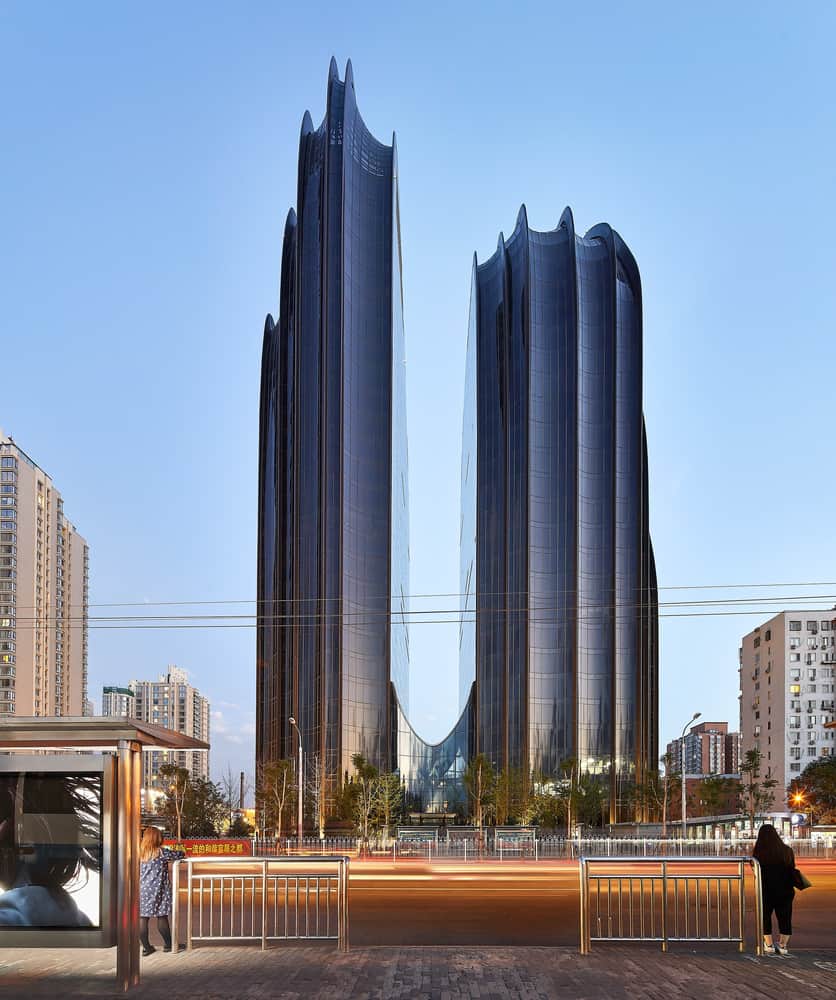

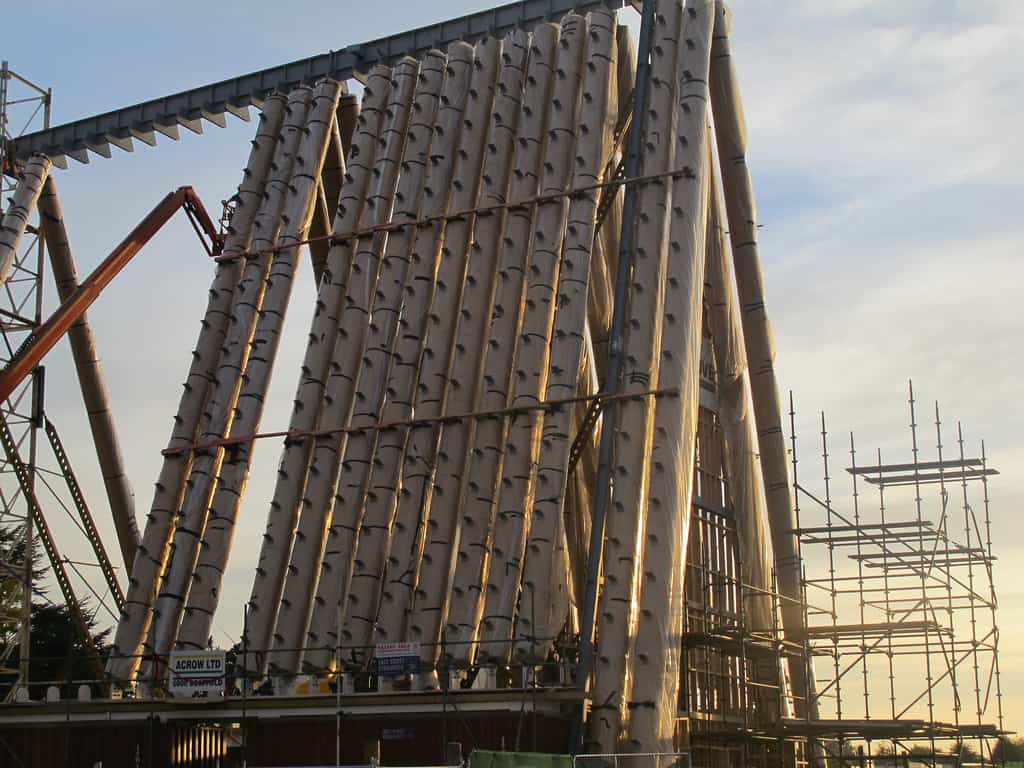
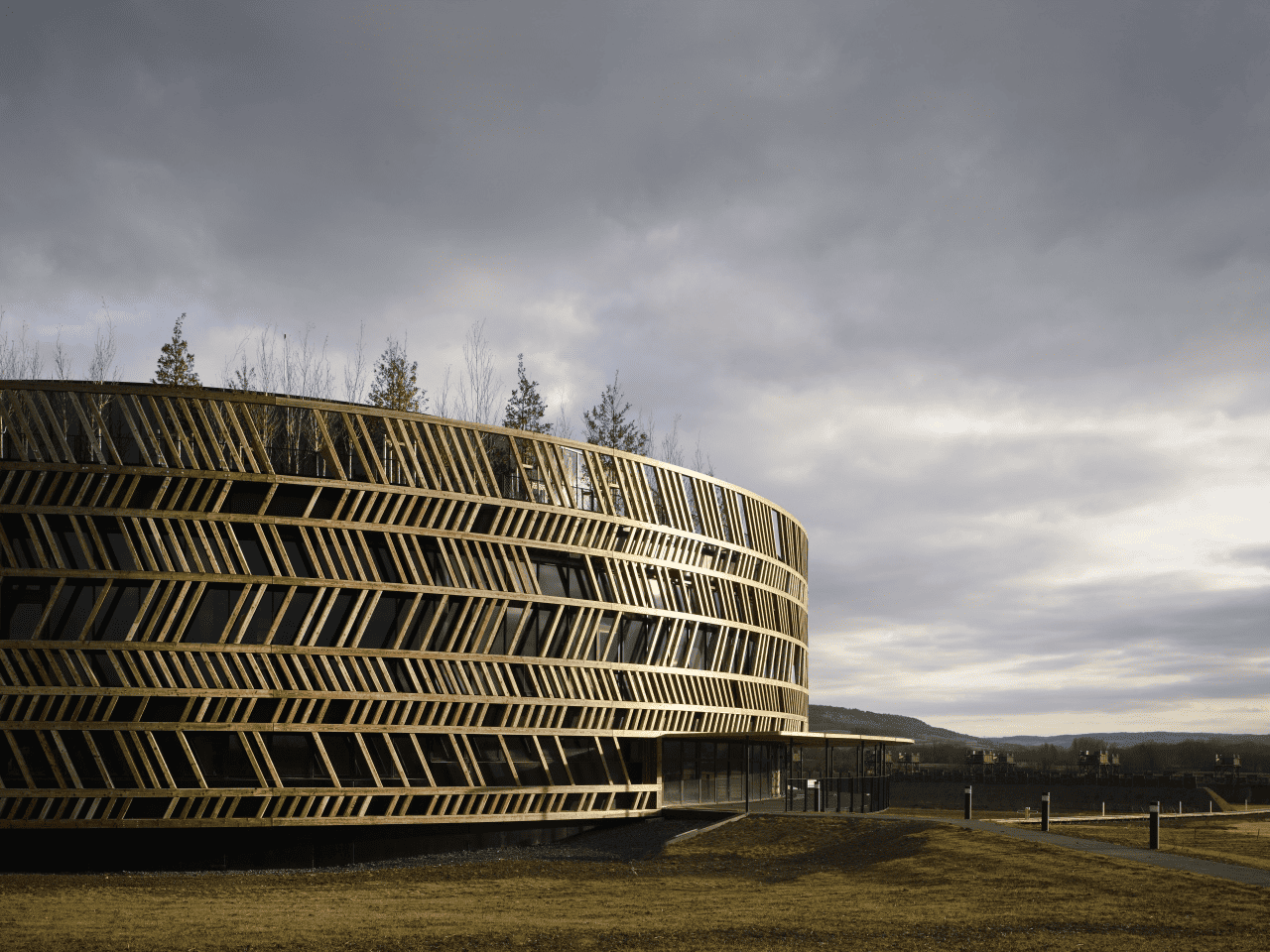
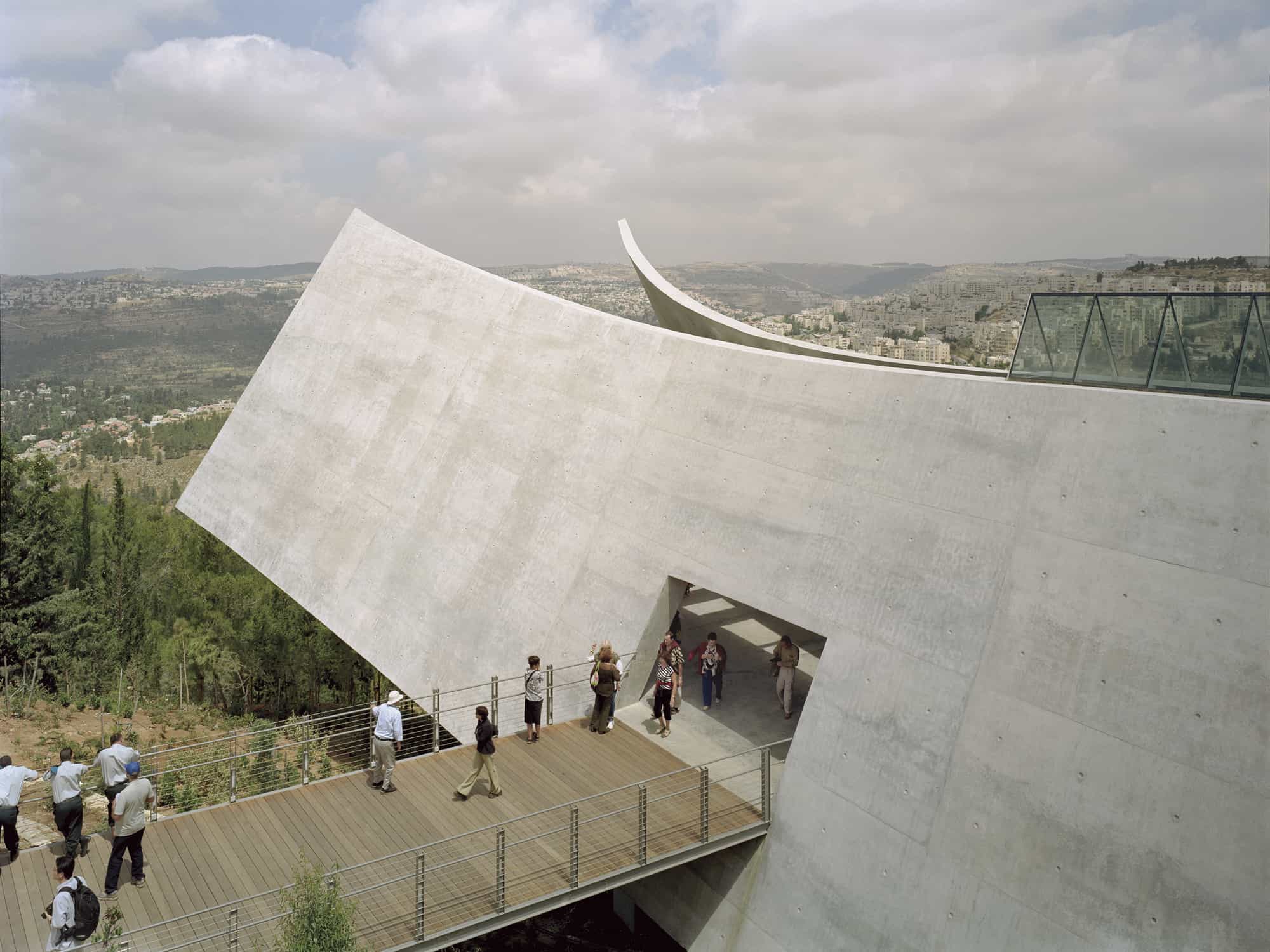
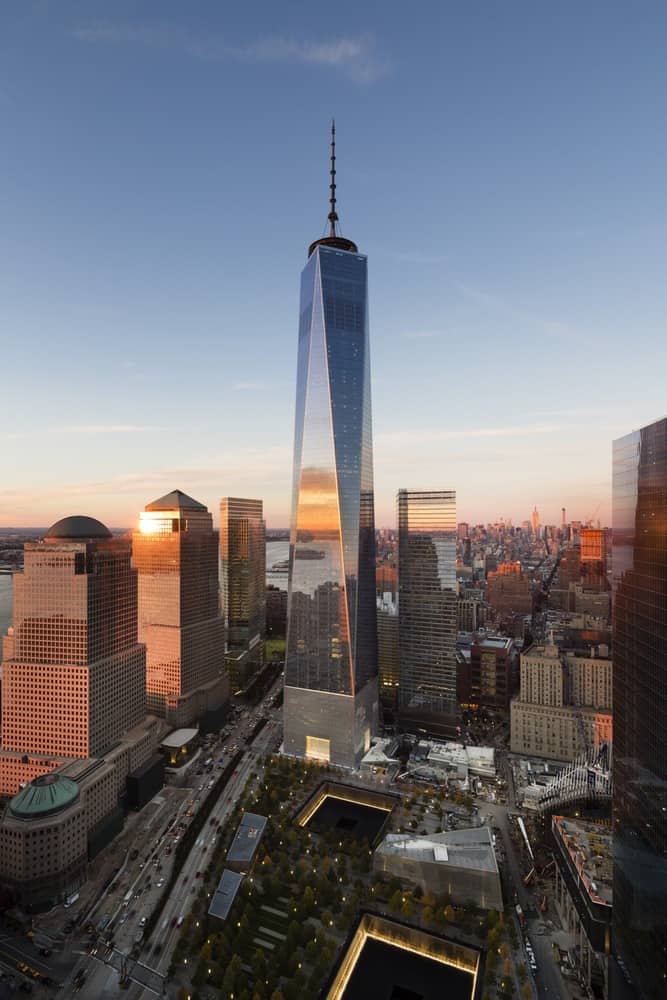
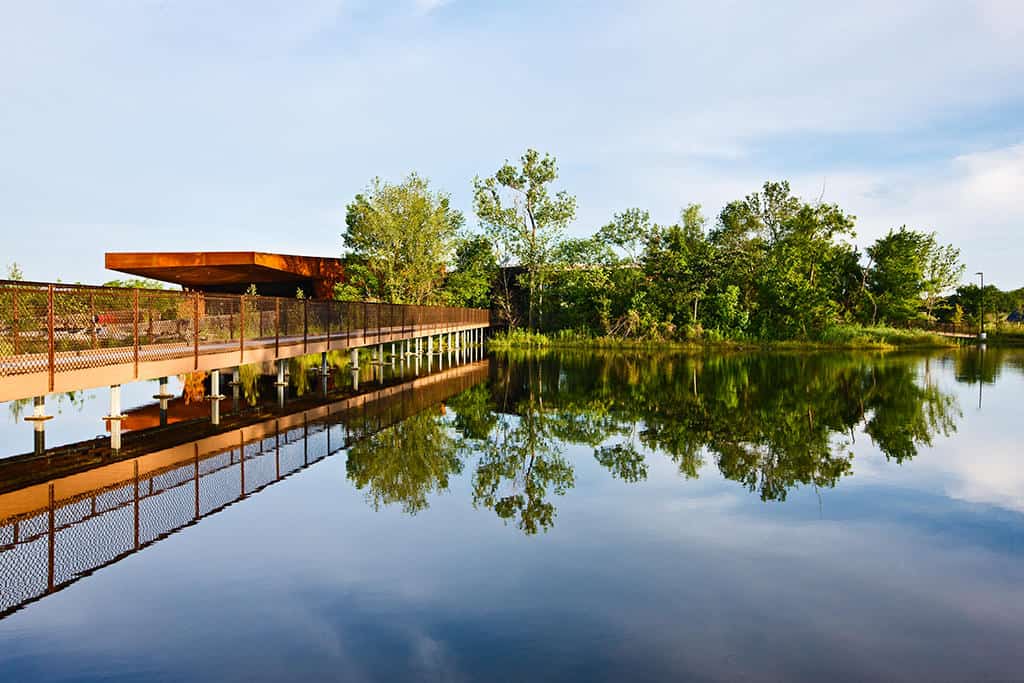
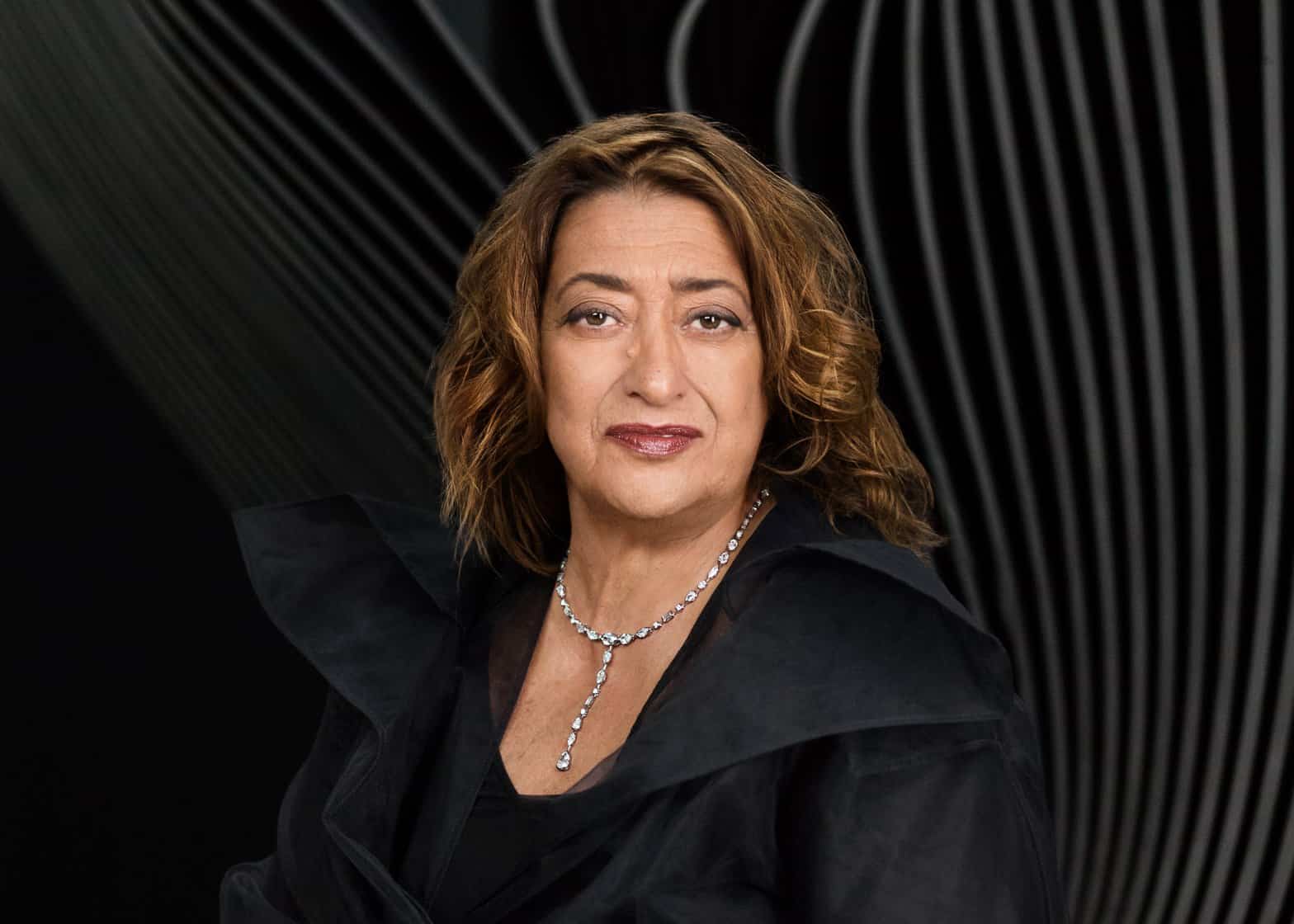
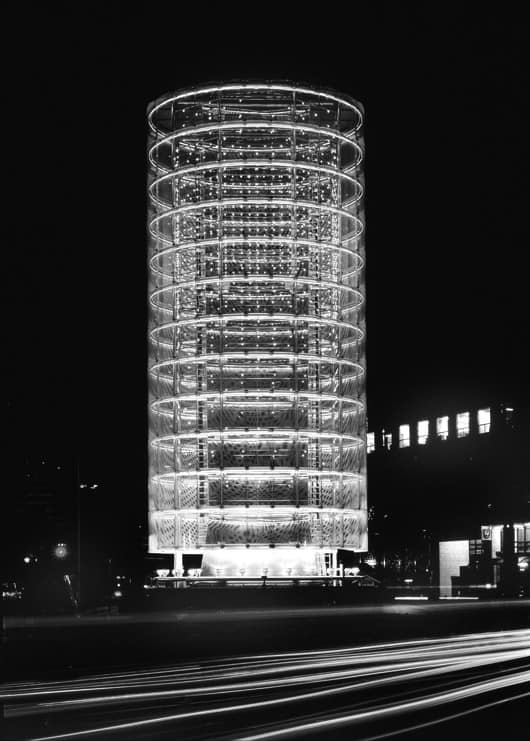
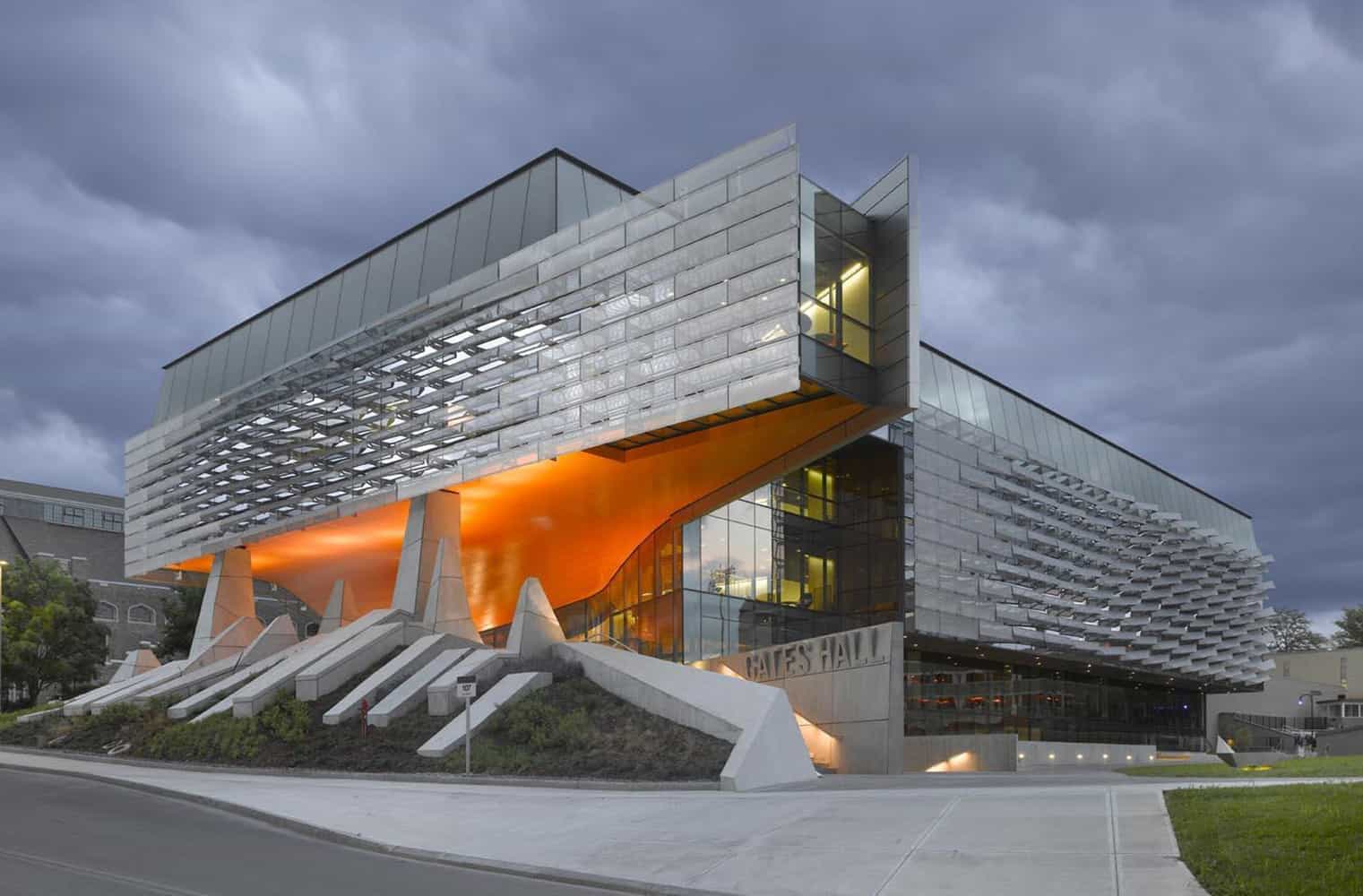
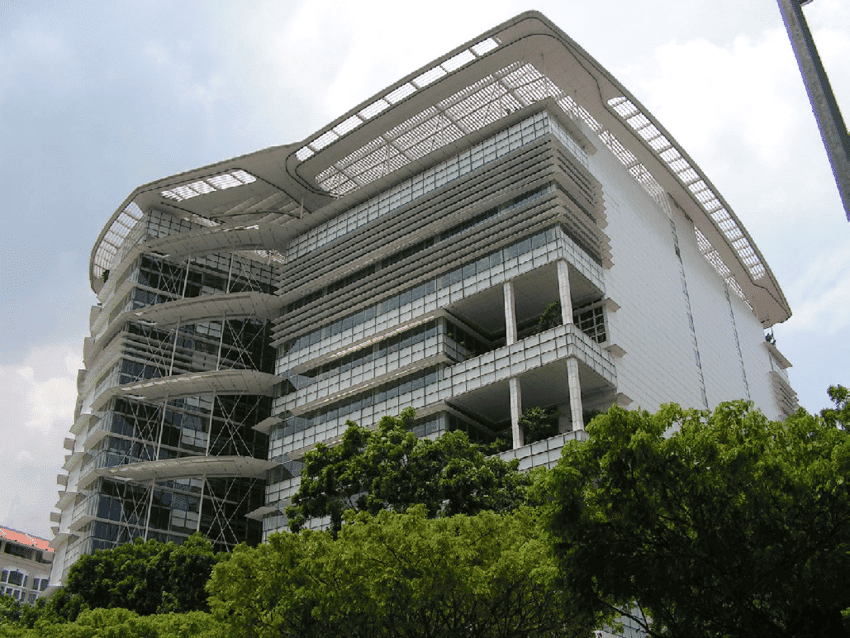
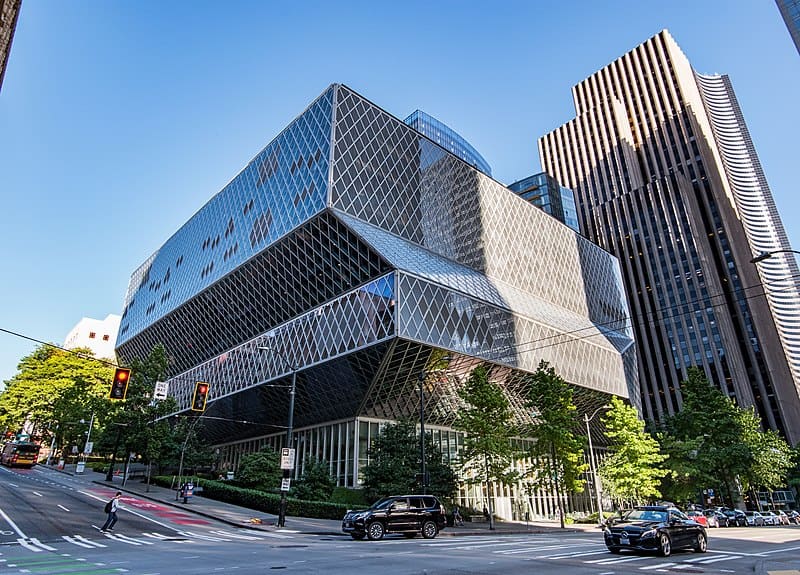

Comments are closed.